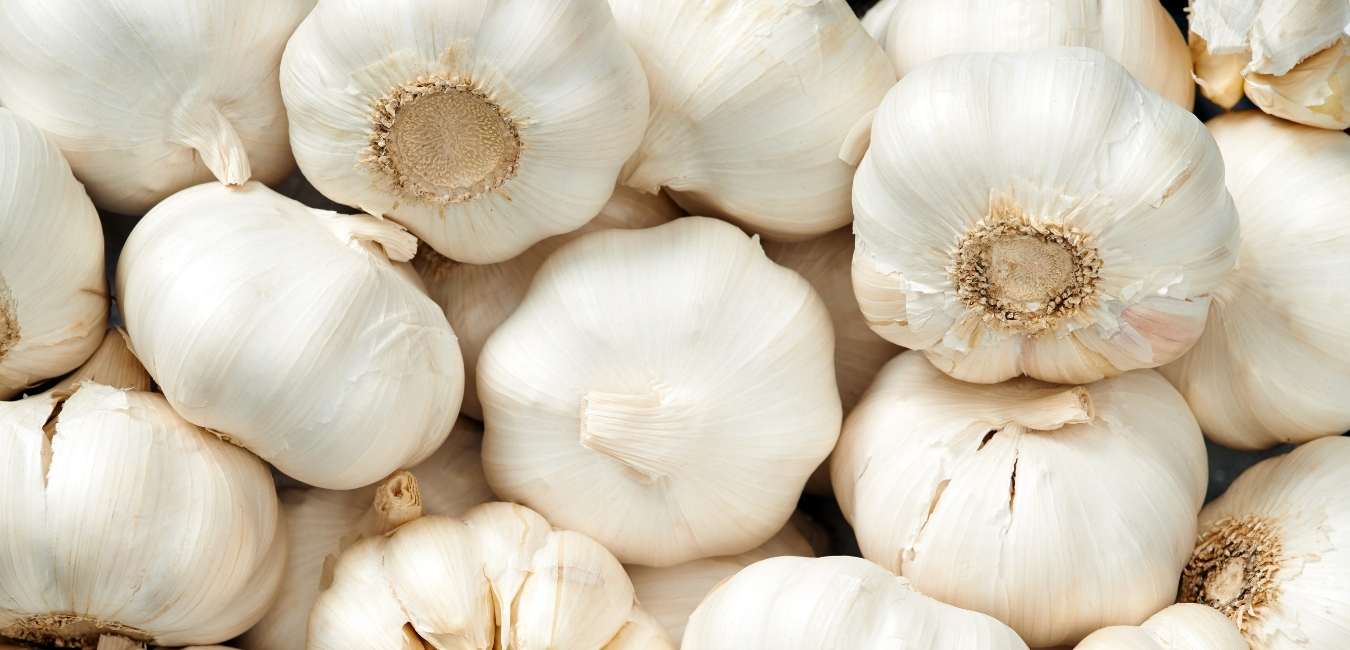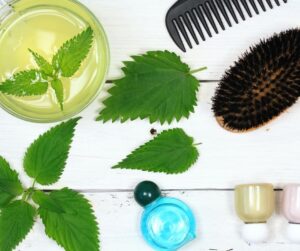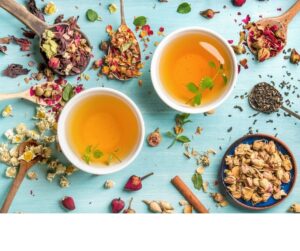Did you know you can get garlic breath by soaking your feet is garlic tea? Wild right?
Garlic = Healthier Lungs
No matter how we ingest garlic we expel it through the lungs. One of garlic’s many medicinal benefits includes its bacteria, fungus, and virus fighting abilities. This means if we have some unwelcome microbe guests in our lungs, no matter how we take in garlic, it will help fight them and politely try to escort them out of your respiratory system. Thanks garlic!
Is Garlic Food or Medicine?
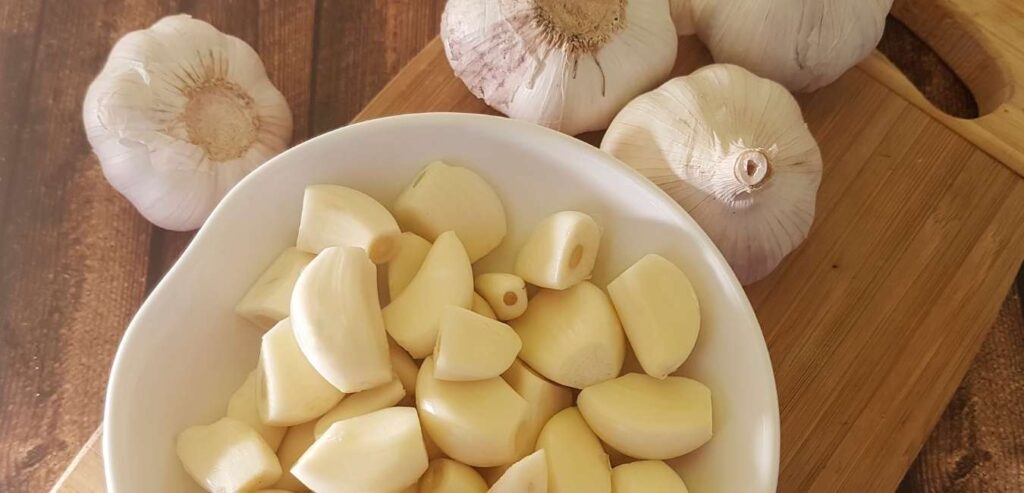
Garlic has been enjoyed for at least 5000 years throughout the world. References to its medicinal benefits can be found all the way back to ancient Egypt, Greece, Sumerians, throughout Persia, and Asia. When a medicinal tradition goes back that far and is so widespread, we can confidently say people saw noticeable benefits.
These days many people believe something must be proved in a lab to be trusted. I am not one of those people, but lucky for them, garlic has been extensively studied and research now backs up millennia of practice.
So, we now know that garlic is considered medicine, but then why do we usually just think of it as merely something to spice up our meals? Well first off, if you ask me, it is delicious. The flavor alone would encourage me to add it to my meals almost every day. In fact, the most common seasonings and teas we find in culinary traditions across the world usually stem from their medicinal benefits.
So many herbs and spices were considered so important to ones health, they were added to our daily meals so we were constantly getting their health benefits. This goes for sage, thyme, rosemary, chamomile tea, peppermint tea, and so many more.
My opinion: garlic is food and medicine!
What about Synthetic Supplements?

Garlic famously contains the constituent allicin, which is a powerful antimicrobial chemical. It fights bacteria, viruses, and fungus on contact. Even though allicin usually steals the show, garlic is also full of other powerful constituents as well. One may think that because allicin is arguably the “strongest,” why not separate that out and only take allicin? This may sound good in theory, but it is much better to get allicin in its whole natural form rather than a synthetic supplement of just allicin on its own.
When we take a plant in its whole form we get the array of constituents rather than just the one that might be the most trendy at that point in time. Oftentimes a particular constituent in a plant works better when it is balanced with all of the other constituents found the plant. Plants are smart and have their whole spectrum on constituents in there for a reason. They work in harmony with each other and in turn we will find better results in the long run.
Not only can a specific chemical not be as strong without their other friends to help balance and support them when in our body, but there can sometimes be negative side effects when taking a specific constituent synthesized and put into pill form. The reasons can be there is too much of this one chemical or that it is beneficial when balanced with others and potentially dangerous on its own in such high amounts.
Garlic Preparations

Whole
The most obvious way to take garlic in its whole natural form is to eat it. This can be done eaten raw or cooked. It can be whole, sliced, chopped, or grated. Now when you get down to the nitty gritty, when cooked, some constituents become less potent, but I say however you can get it is better than nothing!
Garlic is most powerful raw, ideally 15 minutes after being crushed or cut. Although, raw garlic can cause discomfort in GI tract, heartburn, bloating, nausea, and diarrhea in some people. If you experience this when eating raw garlic, try cooking, coating in oil, or pickling it.
Tea
Drink as a tea. This method is not for the faint of heart. It will taste like garlic! If you want to give it a try, try pairing it with thyme. This can be done with fresh garlic and thyme or dried.
Infuse in honey.
Infused in vinegar.
Infused in oil.
Powdered & Taken as a Capsule.
Taking garlic in capsule form is particularly helpful when the goal is to rid the guts of bacterial overgrowth. Just make sure it is whole garlic powder.
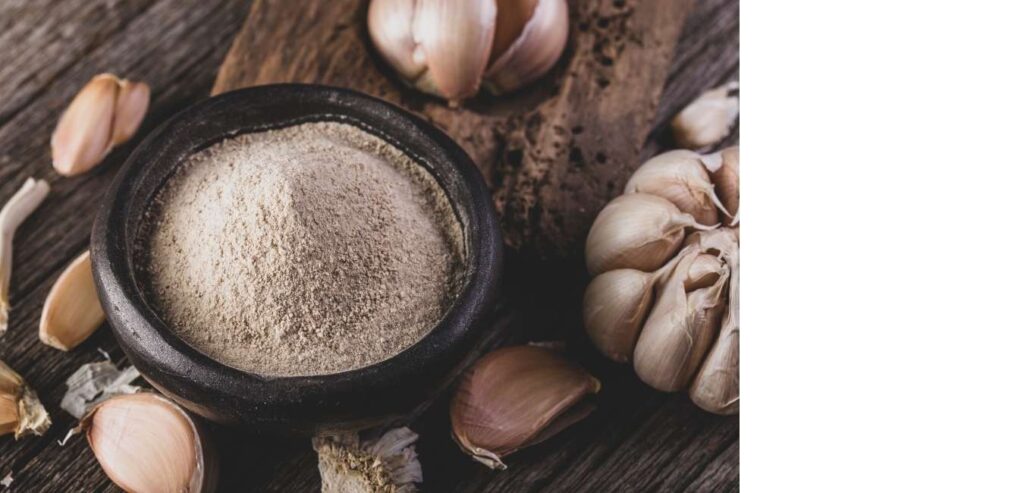
How are these Preparations Different from Supplements?
The reason these methods are different than the supplements explained above is because we are extracting the whole plant’s constituents. You are not merely separating and taking one chemical from the herb.
Contraindications
Raw garlic should be avoided for people with ulcers. For those who get heartburn or discomfort from eating garlic, try cooking and eating with oil. Talk to a doctor about eating or taking garlic when on pharmaceutical blood thinners or two weeks before scheduled surgery.

